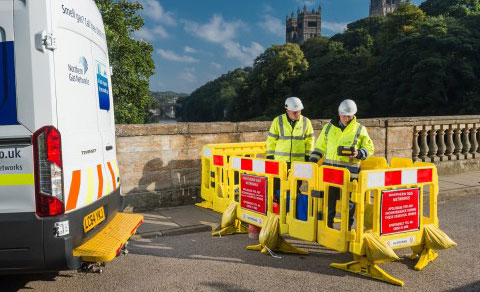Safe and reliable
Most of the time, our customers never give a second thought to their gas service, and that’s exactly how it should be.
We work hard behind the scenes, 24 hours a day, to keep the network running safely and smoothly, and are constantly investing in our infrastructure to beat the leaks.
Gas escapes do still happen, however. When they do, our emergency engineers are always on hand to keep our customers safe and sound.








